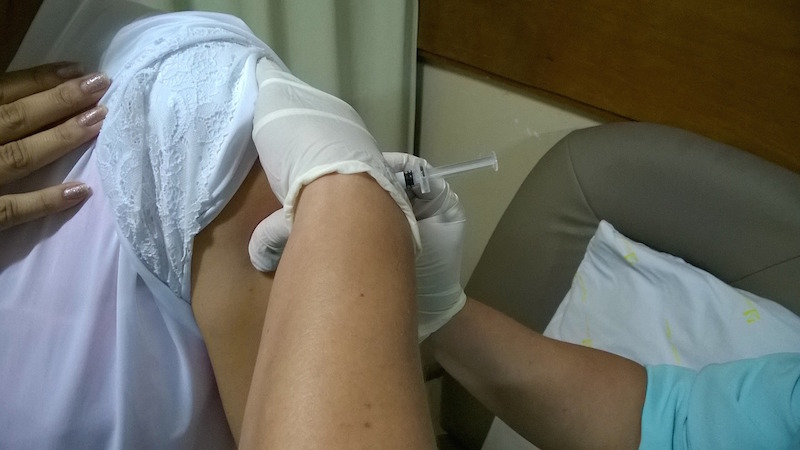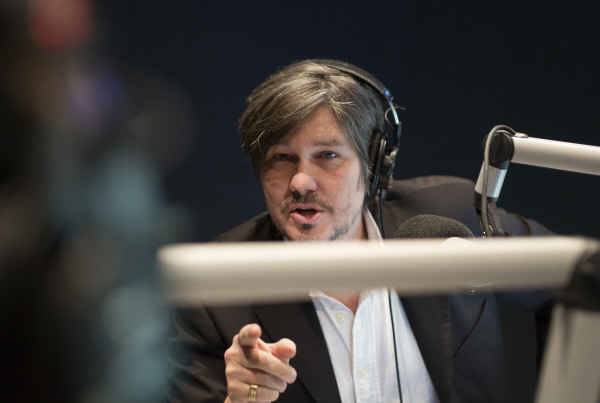From Houston Public Media:
Eighty percent of Americans are exposed to the human papillomavirus in their lifetimes. Some strains of HPV can cause genital warts, but most people experience no symptoms and clear the virus from their systems within a year or two. But for an unlucky minority, the virus causes damage that, years later, leads to cervical cancer, throat cancer, and other types.
Researchers at MD Anderson are frustrated that ten years after the first vaccine arrived on the market, only 42 percent of U.S. girls, and 28 percent of boys, are getting the three-shot series.
The series can be given to girls and boys between the ages of 9 and 26, but the immune response is strongest at younger ages before sexual activity begins.
In 2007, then-Texas governor Rick Perry proposed making the HPV vaccine mandatory for all preteen girls. At the time, the vaccine was only approved and marketed for girls.
Dr. Lois Ramondetta, a cervical cancer specialist at MD Anderson, remembers the outcry.
“A lot of people felt that was the right idea, but the wrong way to go about it. Nobody really likes being told what to do, especially in Texas,” Ramondetta said. “I think there was a lot of backlash.”
Eventually, the legislature rejected Perry’s plan, even though it included an opt-out provision. Ramondetta said too many politicians focused on the fact that HPV is sexually transmitted. That had the unfortunate effect of skewing the conversation away from health care and into debates about morality and sexuality. She said the best and most accurate way to discuss the vaccine is to describe it as something that can prevent illness and death.


















